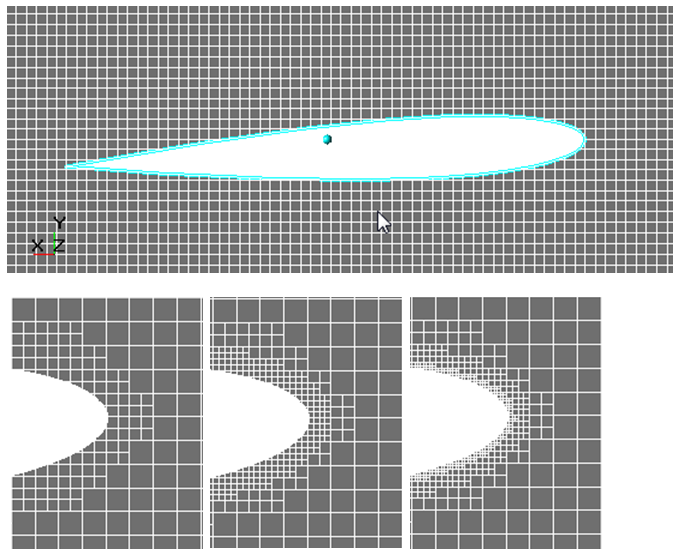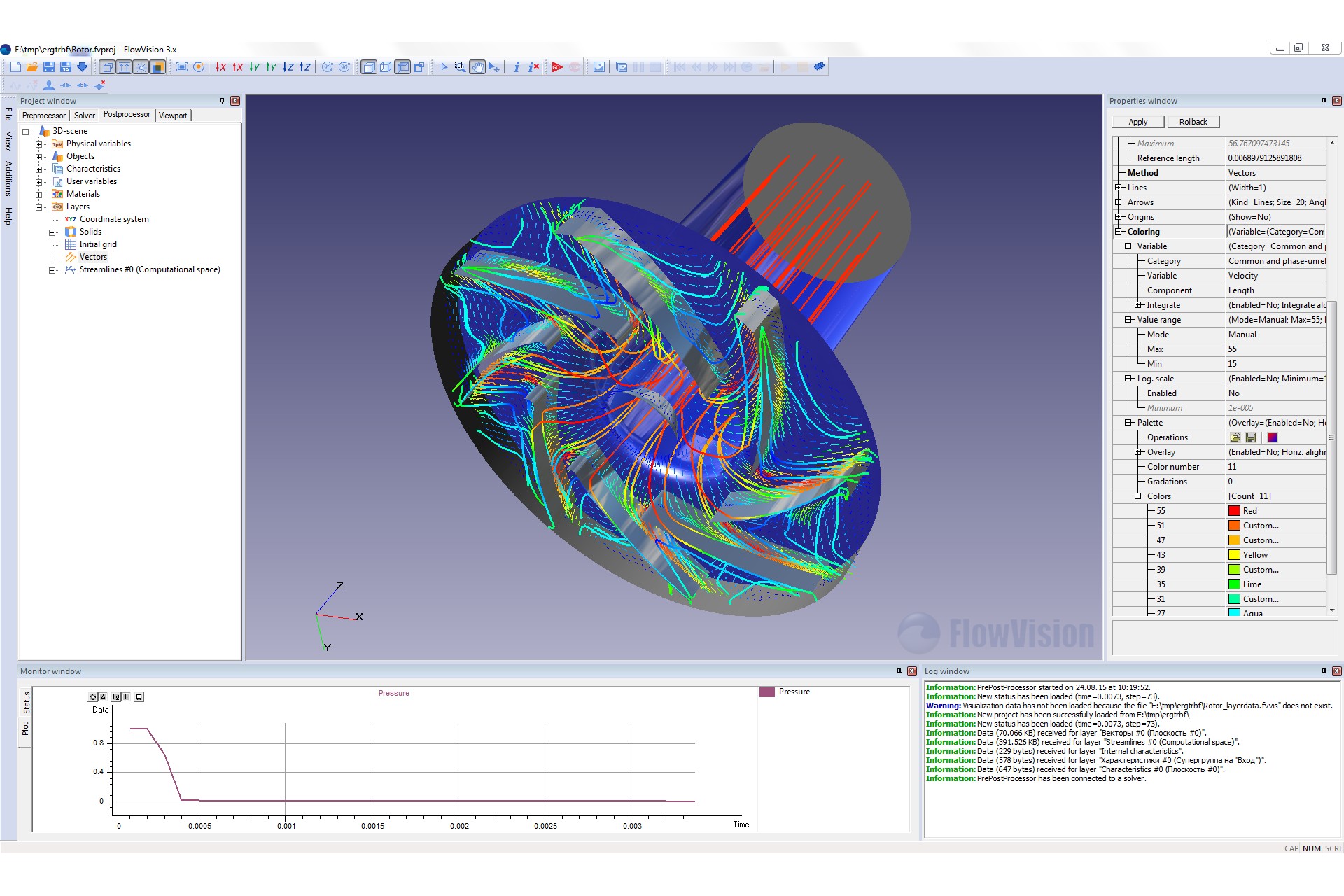When doing numerical hydrodynamic simulations, you certainly encounter insufficient accuracy of the obtained results. There can be many causes for this; one of the most typical causes is insufficient resolution by the computational grid.

The process of looking for the minimal computational grid, which provides a good numerical simulation of the task (or class of tasks), is known as research of the grid convergence.
This article considers the following aspects:
- What is the grid convergence and why it should be provided
- Best practices of the grid convergence researches
- What happens, if users neglect the grid convergence researches or do not bring them to a successful conclusion?
- What is to be done, if the convergence cannot be obtained because of lack of the computational resources, but we really wish to obtain the results?

We use QT, Microsoft MFC and OpenGL to give you comfortable tools for pre and post-processing.
Thanks to the well-developed technology of FlowVision; the basics of a classical CFD project workflow is changing...

While developing and improving FlowVision; our main intention is allowing simulation engineers to focus on the physics of the case which is the essential objective of their work. On the other hand, classical CFD approaches and workflows leave engineers with no choice but make a great effort for geometry manipulations, meshing and similar tasks which are not the end but means of an engineering analysis process.






